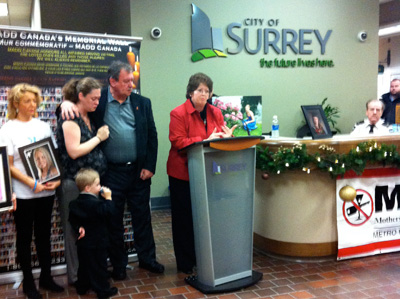
By Cathryn Morgan
Are you dealing with chronic pain after a car accident? Are you struggling, and feeling overwhelmed?
Statistics paint the picture with broad brush strokes, but chronic pain patients live the reality, applying a myriad of coping strategies to deal with the physical, emotional and psychological implications of living every day with a chronic pain disability.
Formed in 2002 the Canadian Pain Coalition (CPC) is a partnership of pain consumer organizations, health professionals treating pain, scientists studying pain and individuals from across Canada who live with different types of pain. The CPC is “The National Voice of People with Pain”. The CPC collaborates on many projects including creating Canada’s National Pain Strategy with the Canadian Pain Society (CPS) which is a professional organization of clinicians and researchers specializing in pain research and pain management.
On the CPC website (www.canadianpaincoalition.ca) the Pain Resource Centre (PRC) contains helpful information about the treatment and management of chronic pain, including accessing chronic pain care, and information on various chronic pain conditions. The Help Centre features a seasonal newsletter, podcasts, videos, media clips, materials to download and the booklet Conquering Pain for Canadians.
The goals of the CPC are to promote sustained improvement in the prevention, understanding, treatment and management of all types of pain. As a pain patient, YOU can add your voice and join the CPC for free. Spread the word…
When starting out on my chronic pain journey I found the podcasts and video clips helpful. When researching my children’s book I referred to the Pain Resource Centre. The more you understand your pain, the better you will become at coping with that pain. That doesn’t mean change will be easy, or the pain will go away, but it is part of the learning curve in managing your new reality. Another correlation is the more you understand your pain the better you will be able to make decisions, and to communicate with your doctors, lawyer, independent assessors and the insurance company.
Facts From the “Pain in Canada Fact Sheet” by the Canadian Pain Society and Canadian Pain Coalition.
- One in five Canadians suffer from chronic pain, including children (Stanford, Chambers et al. 2008) (Stinson and McGrath, 2010) and the prevalence increases with age. (Moulin, Clark et al. 2002; Schopflocher, Joey et al. 2010)
- Chronic pain is associated with the worst quality of life as compared with other chronic diseases such as chronic lung or heart disease. (Schopflocher, Jovey et al. 2010)
- There is double the risk of suicide when comparing people with chronic pain, to people without chronic pain. (Tang and Crane 2006)
- Many common surgical procedures cause persistent post-operative pain that becomes chronic. (Kehlet, Jensen et al. 2006)
- Veterinarians get 5 times more training in pain than doctors for people, and 3 times more training than nurses do. (Watt-Watson, McGillion et al. 2008)
National Pain Awareness Week in Canada is November 6 to 12, 2011
Cathryn Morgan has chronic myofascial pain and neuropathic pain in cervical, thoracic and lumbar areas as a result of a car accident seven years ago. She is the author of GrrrOUCH! Pain is like a grouchy bear, a children’s non-fiction book about coping with physical and emotional pain. For more information: www.cathrynmorgan.com.










